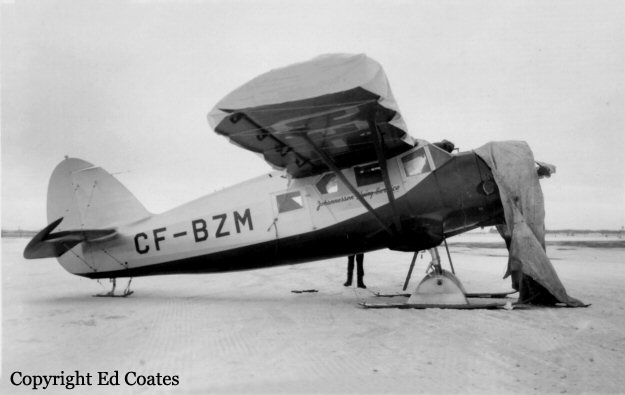Crash of a Beechcraft C18 Expeditor near Peterborough: 2 killed
Date & Time:
Oct 18, 1958
Registration:
1420
Survivors:
No
Schedule:
Camp Borden – Trenton
Crew on board:
2
Crew fatalities:
Pax on board:
0
Pax fatalities:
Other fatalities:
Total fatalities:
2
Circumstances:
The crew was completing a VFR flight from Camp Borden to Trenton when the twin engine aircraft crashed in unknown circumstances. Both pilots were killed.
Crew:
S/L Eric Robert McDowall,
F/Lt Edward Arthur Elson.
Crew:
S/L Eric Robert McDowall,
F/Lt Edward Arthur Elson.











